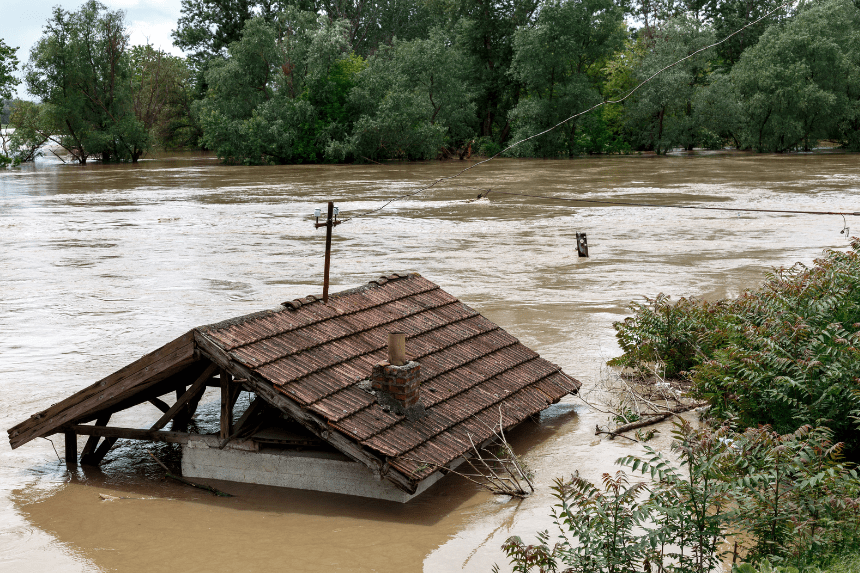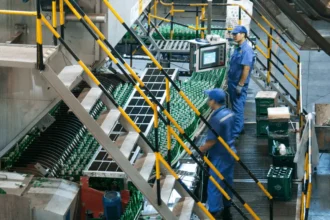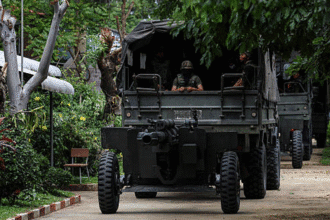Recent floods in South Korea have claimed the lives of at least 17 people as days of heavy rains caused extensive landslides and devastation. Eleven people are still missing, and rescue crews are running out of time. Severely affected places such as Chungcheong and Sancheong have seen homes, roads, and farmland flood or suffer damage. Authorities have evacuated nearly 10,000 people and designated some areas as disaster zones. The rain, which is less intense in the south, is moving northward, posing a threat to Seoul and the surrounding regions.
Which regions are most impacted?
The influence has been most noticeable in South Korea’s central and southern areas. A huge landslide in Chungcheong Province buried an entire community beneath rubble. Meanwhile, flooding in Sancheong County devastated homes and infrastructure, leaving six people dead and at least seven missing.
Two confirmed deaths were caused by mudslides that swallowed residential buildings in the northern county of Gapyeong. Thick mud and fallen bridges hindered rescue efforts, forcing emergency personnel to use boats and helicopters to reach stranded residents. Here is the link to our article on Record Flood Devastation
How is the disaster being handled by the authorities?
President Lee Jae-myung designated the worst-hit areas as special disaster zones. This makes it possible for impacted communities to get emergency assistance and financial aid more quickly. The South Korean government has established a multi-agency joint reaction task force.
Interior Minister Yun Ho-jung asked local governments to use “all available resources” in their recovery and evacuation operations. In addition to providing vital assistance to displaced families in shelters, rescue crews are still looking for the missing.
How many people have been taken out of the area?
About 10,000 locals have been evicted from their houses thus far. Local officials reported that around 41,000 households experienced a brief outage of electricity. There has been substantial animal loss and extensive agricultural damage in rural areas, according to sources.
Landslides, bridge collapses, and submerged roadways have complicated rescue efforts and traffic. Government personnel, however, are working nonstop to provide help and restore vital services. Here is the link to our article on the Deadly Flood Disaster
What weather conditions might we expect next?
While some southern regions have seen a decrease in rainfall, Seoul and the northern regions are now experiencing heavy showers. A severe heatwave is predicted to follow the floods in South Korea, placing further strain on emergency services and vulnerable groups.
Meteorologists expect the rain to subside by late Sunday. But the subsequent temperature rise can pose new dangers, especially for people staying in makeshift shelters.
Final Thoughts
Devastating South Korea floods have killed people, uprooted thousands, and seriously destroyed infrastructure. The emphasis now turns to rehabilitating impacted towns and getting ready for the impending heatwave as emergency personnel continue rescue and recovery efforts. The government is attempting to guarantee prompt assistance and support for anyone affected by this natural disaster after declaring disaster zones.








